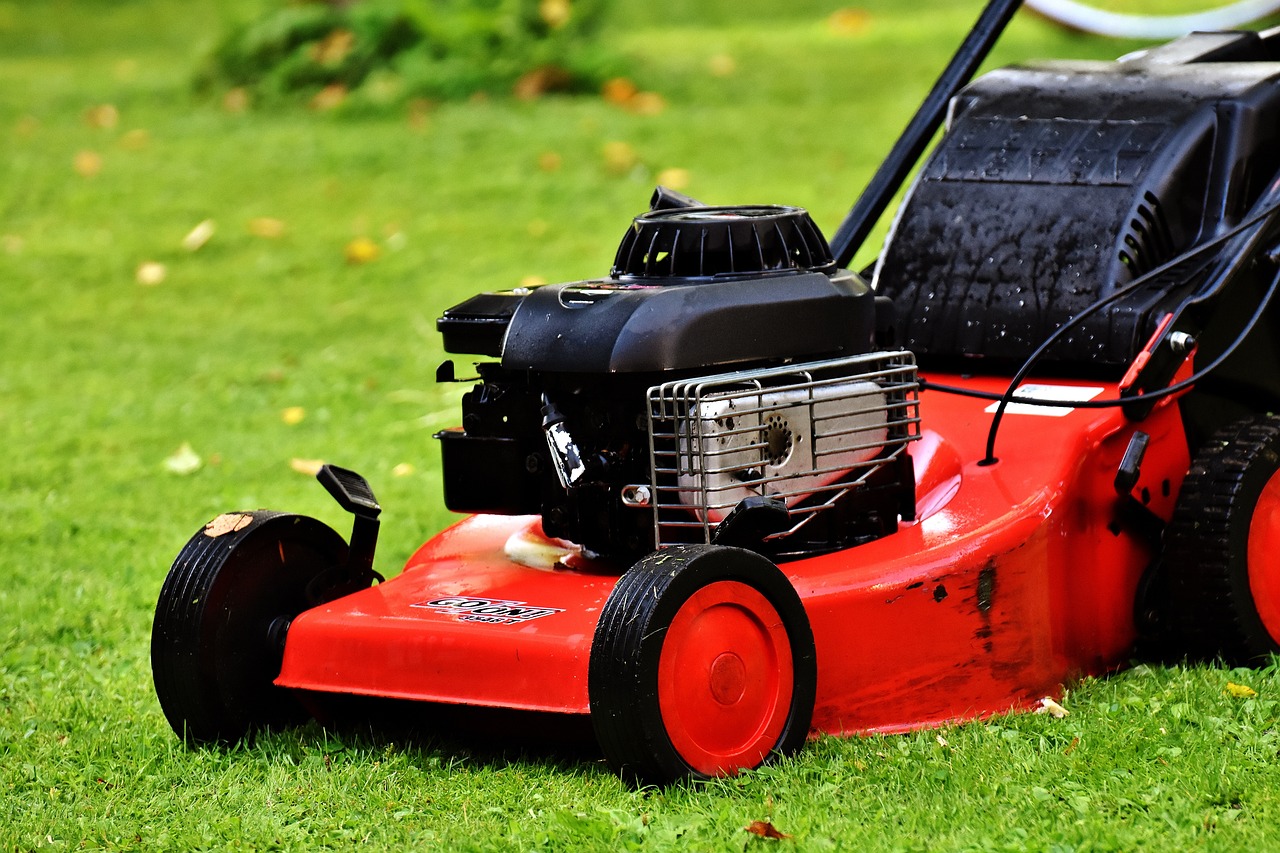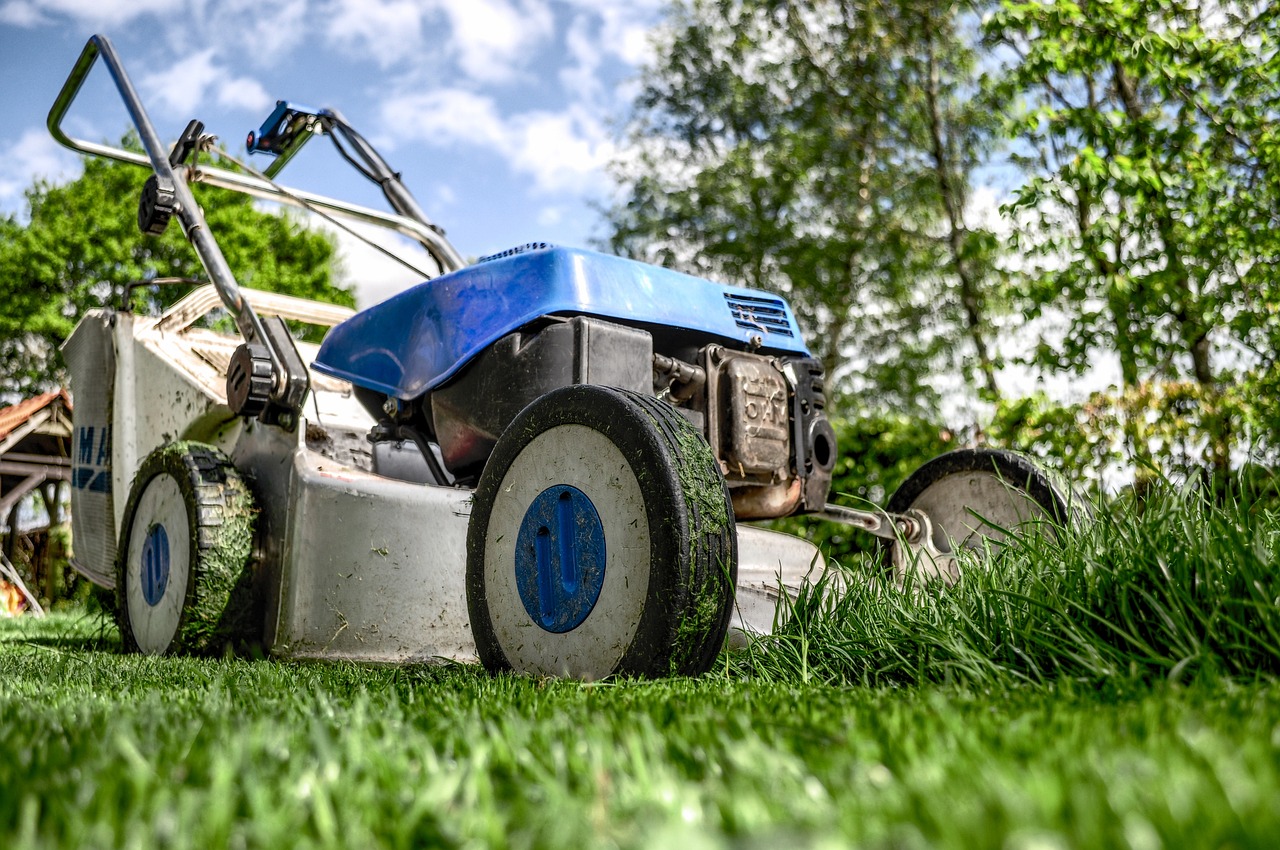Maintaining a lush, healthy grass does not have to be prohibitively expensive. While professional lawn care services can be expensive, there are many cost-effective ways that homeowners can use to keep their lawns looking bright and well-kept.
By following a few easy principles and being resourceful, you may have a lovely lawn without breaking the bank.
Tips for Cost-effective Lawn Care
Regular Maintenance:
Regular Maintenance: Following a regular maintenance schedule is one of the most efficient strategies to keep lawn care expenditures down.
This involves mowing, watering, and weeding on a regular basis. Furthermore, fertilizing and aerating the lawn at regular intervals improves its overall health and decreases the risk of pests and diseases.
By being proactive with regular maintenance tasks, you not only improve the aesthetic appeal of your lawn, but you also extend its longevity, saving you money on costly treatments in the future.
Invest in Quality Tools:
While it may seem counterintuitive to spend money up front, investing in high-quality lawn care gear can save you money over time. Durable lawn mowers, trimmers, and hand tools will last longer and require fewer repairs or replacements, resulting in long-term cost savings.
Furthermore, efficient technologies can help you execute jobs more quickly and effectively, minimizing the need for professional services and further lowering your costs.

While initial expenses may be greater, the dependability and performance of high-quality equipment make the investment worthwhile.
Furthermore, several manufacturers include warranties or maintenance plans, adding value and piece of mind to your investment in lawn care instruments.
DIY Lawn Care:
Many lawn care jobs can be completed on your own for a low cost. Mowing the grass, trimming edges, and pulling weeds are all simple jobs that can be completed with some time and effort.
You can save money on labor by doing it yourself instead of paying a professional. Furthermore, adopting fundamental lawn care skills enables you to maintain your lawn’s health and look, instilling pride and satisfaction in your outdoor space.
Watering Wisely
Proper watering is necessary for a healthy lawn, but it must be done carefully to avoid wasting water and incurring expensive water bills. Water your grass early in the morning to reduce evaporation, and consider installing a rain barrel to collect rainwater for irrigation.
Additionally, vary your watering plan based on weather conditions and your lawn’s individual demands, emphasizing deep, infrequent watering to foster deep root growth and drought resilience.
Use Organic Fertilizers:
Using organic fertilizers benefits not only your grass, but also the environment. Unlike chemical fertilizers, which can contaminate groundwater and destroy aquatic habitats, organic fertilizers release nutrients gradually and naturally, lowering the danger of pollution.
Furthermore, organic fertilizers improve soil structure and water retention, making your lawn more resistant to drought and severe weather.
Adopting organic practices not only saves money on expensive supplies, but it also promotes a healthier, greener environment for future generations.
Practice Smart Pest Control:
Pest infestations can devastate both your grass and your finances. Instead of using expensive chemical pesticides, consider natural and DIY pest control alternatives like companion planting, homemade pest sprays, or bringing beneficial insects into the garden.
Furthermore, basic lawn upkeep, such as cleaning garbage and keeping plants healthy, can help avoid pest infestations before they begin.

By taking a proactive and environmentally friendly approach to pest control, you can safeguard your lawn without breaking the wallet or harming the environment.
Mulch Grass Clippings:
Rather than bagging and disposing of grass clippings, try leaving them on the lawn as natural mulch. Grass clippings disintegrate quickly and replenish nutrients in the soil, decreasing the need for extra fertilization.
Mulching grass clippings also helps to retain moisture in the soil, which reduces water requirements and promotes a healthier, more resilient lawn.
This simple strategy not only saves time and work, but also helps to create a more sustainable and cost-effective approach to lawn maintenance.
Selective Planting:
When adding new plants or landscaping features to your lawn, choose low-maintenance, drought-tolerant species that require little care and water. Native plants are frequently the best option because they are well-adapted to the local climate and soil conditions.
Also, try grouping plants with similar water and maintenance requirements to create efficient irrigation zones and save water consumption.
By choosing the correct plants for your landscape, you may have a beautiful and thriving garden while reducing the time, effort, and resources required for upkeep.
Group Plants Strategically:
Group Plants Strategically: Grouping plants with comparable water and maintenance requirements can help to save water usage as well as the time and effort required for maintenance. This strategy also results in visually appealing clusters while reducing the requirement for additional watering zones.
Furthermore, by grouping plants according to their needs, you may improve nutrient distribution and promote better growth throughout your garden or landscape.
Strategic grouping not only improves the aesthetics of your outdoor space, but it also promotes a more sustainable and efficient approach to gardening and landscaping.
Regular Inspections:
Regular inspections: Keep a watch out for signs of pests, diseases, or fertilizer deficits in your grass. Early detection allows for timely intervention, preventing problems from worsening and perhaps saving you money on expensive treatments or replacements.
Furthermore, regular inspections allow you to detect and correct minor concerns before they spread, ensuring the general health and vitality of your lawn and garden.
Staying watchful and proactive allows you to efficiently handle possible problems and reduce the need for costly interventions, eventually saving time, effort, and resources in the long term.
Conclusion
To summarize, maintaining a beautiful lawn on a budget is absolutely possible with the appropriate tactics and mindset.
You can have a vibrant and healthy lawn without breaking the bank by prioritizing regular maintenance, investing in quality tools, and using cost-effective strategies like DIY lawn care and organic fertilizing.
With a little imagination and effort, you may have the lush green lawn of your dreams while remaining within your budget.








